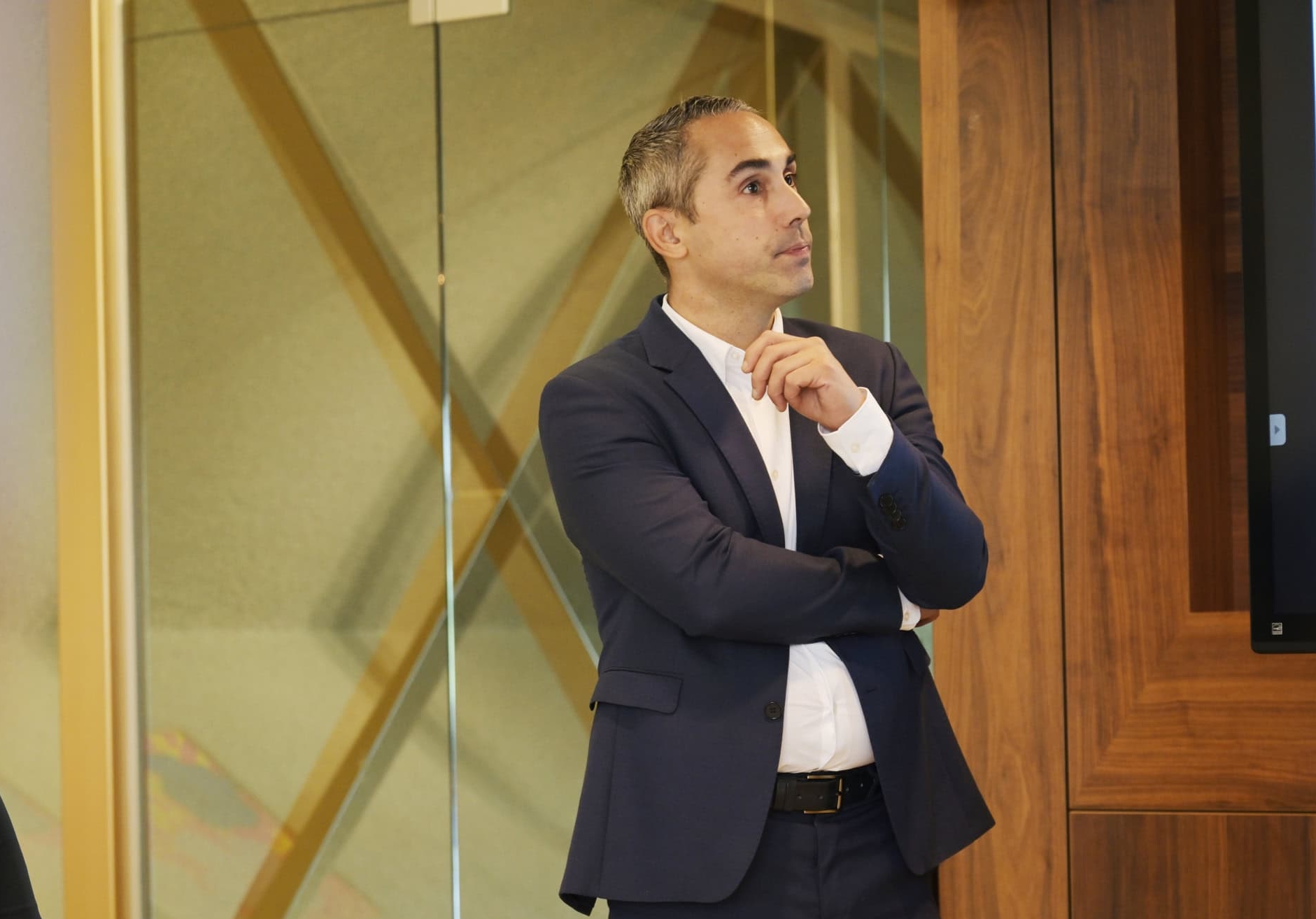The heat transition presents complex challenges for organizations in the energy sector, especially in the area of asset management. Managing both physical and digital assets is crucial to achieving sustainable goals and ensuring operational efficiency. More and more companies in the sector are finding ways to address these challenges while complying with stricter regulations. In this blog, we dive deeper into the world of asset management in the heat transition, exploring how digitization, collaboration and an ecosystem approach can help companies succeed in this rapidly changing sector.
The challenges of heat transition
Asset management in the heat transition is about coordinating and optimizing physical and digital assets to deliver the best possible performance. This means that companies must not only strive for high operational availability, but also use their capital effectively. In addition, they are expected to comply with increasing environmental requirements, while at the same time reducing their operational costs.
Olaf Jansen, an industry expert, points to the increasing pressures facing heating companies. In addition to managing their assets, these companies must also consider sustainability, sourcing diverse suppliers and complying with regulations such as ISO55001 and BRL6000. All in a context of cost reduction and higher capital efficiency.
A key challenge for many organizations is that, over time, they have outsourced more and more work to third parties. This can lead to data integrity and data capture issues, which complicate regulatory compliance and hinder asset performance analysis. Restoring this integrity and improving data capture is essential for companies active in the heat transition.
Digitization: the key to success
One promising solution to the challenges in asset management is digitization. This includes developing an ecosystem in which physical and digital assets are effectively managed and third parties, such as suppliers and contractors, can work together seamlessly. Digitization offers the opportunity to increase transparency in workflows, making it easier for companies to navigate within a network of suppliers and dependencies.
Establishing a digital ecosystem means companies can leverage real-time data insights to make faster and more effective decisions. For example, consider using advanced analytics and machine learning to identify patterns and trends in asset performance data. These insights can help predict problems and take timely action, minimizing downtime and improving operational efficiency.
However, developing and managing such an ecosystem can involve significant costs. Many companies are hesitant to make this investment on their own. An alternative approach that is becoming increasingly popular is to use an ecosystem coordinator. This coordinator can provide visibility, access and connectivity to solutions and functionalities while spreading the cost across a community of organizations with similar goals.
Collaboration as a strategic asset
In addition to digitalization, collaboration plays a crucial role in the success of asset management in the heat transition. The heat sector faces major challenges that cannot be solved by a single organization. Creating partnerships with other companies, governments, research institutes and civil society organizations is essential to achieve shared goals.
Collaboration means not only sharing resources and expertise, but also establishing an integrated ecosystem of stakeholders. In this ecosystem, different parties work together to develop sustainable and resilient solutions for the energy future. Sharing data, best practices and innovative ideas can create synergies that lead to better performance of assets and more efficient operation of the entire value chain.
A key component of collaboration is developing a cohesive digital strategy that covers the entire asset lifecycle. By connecting systems and people through real-time data insights, companies can optimize their processes and collaborate seamlessly with suppliers and other partners.
Pilots and incremental growth
While digitization and collaboration offer great benefits, it is important to emphasize that the transition to an integrated ecosystem takes time. Companies must take a step-by-step approach to transform their asset management strategy. One effective way to do this is to set up pilots focused on specific parts of the asset management process.
By starting with small, defined projects, organizations can test the value of digitization and collaboration in a controlled way. These pilots also provide an opportunity to learn lessons and adjust strategies before rolling out on a larger scale.
The importance of a strategic approach
For companies active in the heat transition, it is essential to develop a strategic approach to asset management. This means they need to look beyond operational efficiency and cost savings, and also focus on maximizing the value of their assets across the entire lifecycle. This requires investment in technologies that enable real-time data collection and analysis, as well as the development of skills to handle these technologies.
In addition, companies need to recognize that they are part of a broader ecosystem and consider their role in it. By proactively collaborating with other stakeholders and actively participating in joint initiatives, companies can play a leading role in the heat transition.
Looking forward to the future
The heat transition and associated developments in asset management reflect the broader changes the energy sector is undergoing. Organizations face the challenge of adapting to this new reality, but at the same time it offers them the opportunity to lead in sustainability and innovation.
Companies that manage to strike the right balance between digitization, collaboration and a strategic approach to asset management will have a competitive advantage in the rapidly changing market. By using real-time data, collaborating with suppliers and other stakeholders, and investing in sustainable technologies, they can turn the complex challenges of the heat transition into opportunities.
Conclusion
Asset management in the heat transition is not an easy task, but it allows organizations to play an active role in creating a sustainable and resilient energy future. By investing in digitalization, collaboration and strategic development, companies can not only meet the demands of the heat transition, but also strengthen their competitive position and create value for all stakeholders.

